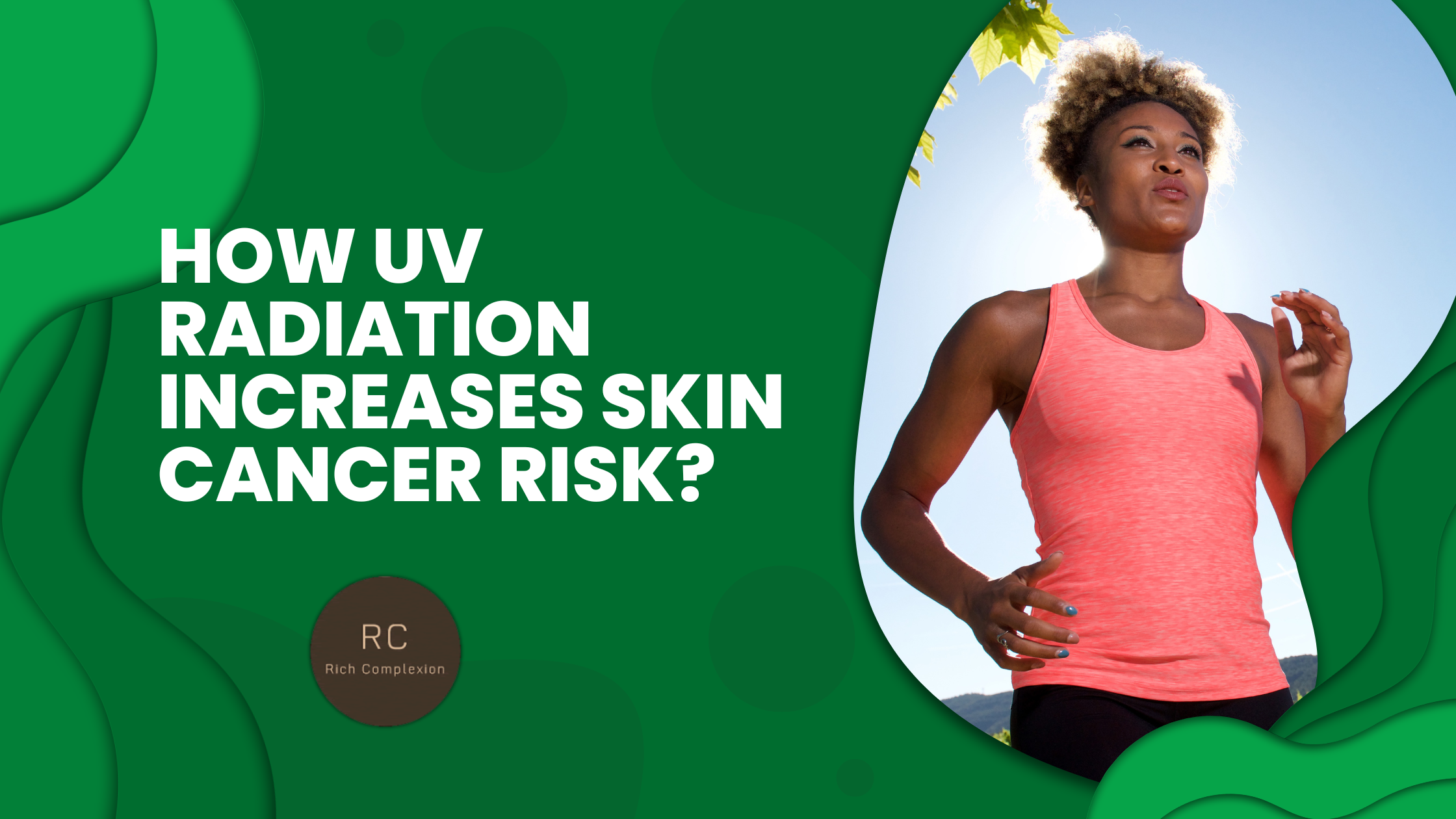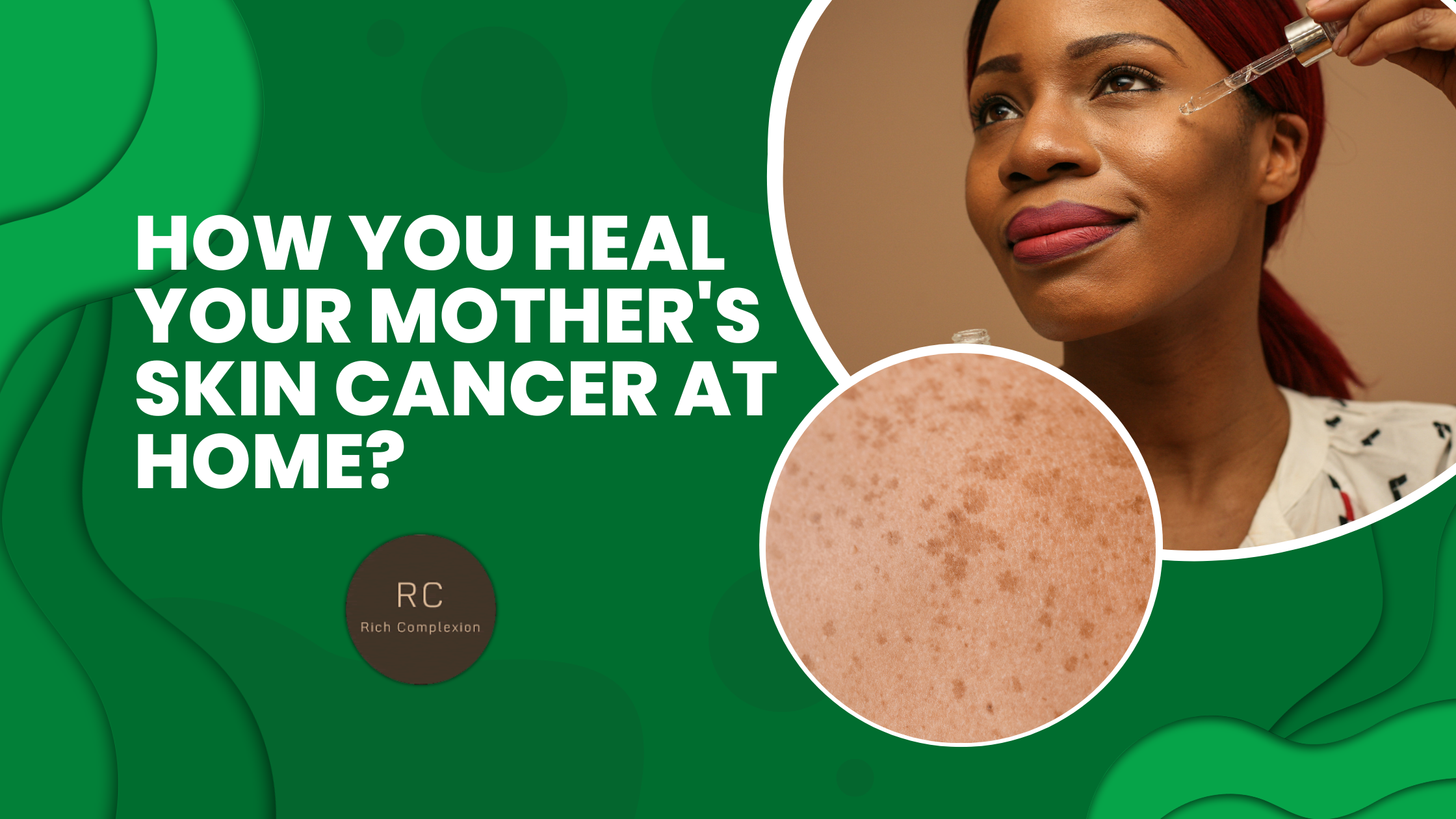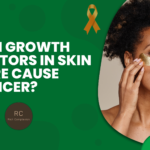The sun’s rays are a deadly weapon. They can burn your skin, blind your eyes, and even kill you. But there’s one type of radiation that’s even more dangerous: UV radiation.
UV radiation is a form of electromagnetic radiation that comes from the sun. It’s also emitted by tanning beds and other artificial sources. UV radiation can damage your DNA, the genetic material that controls how your cells function. When DNA is damaged, it can lead to cancer.
Skin cancer is the most common type of cancer in the United States. About 1 in 5 Americans will develop skin cancer in their lifetime. And the vast majority of skin cancers are caused by UV radiation.
The good news is that skin cancer is usually curable if it’s caught early. But the best way to prevent skin cancer is to avoid UV radiation. So, in this article we will talk about this issue and the solution. Let’s get started.
Understanding The Basics of UV Radiation
UV (Ultraviolet) radiation is a type of electromagnetic radiation that is present in the electromagnetic spectrum, which also includes radio waves, microwaves, infrared radiation, visible light, X-rays, and gamma rays. UV radiation has a shorter wavelength and higher energy than visible light, making it invisible to the human eye.
The sun is the primary natural source of UV radiation. It emits different types of UV rays, including UVA, UVB, and UVC. These rays differ in their wavelengths and energy levels.
UV radiation has various applications in daily life and industries, such as:
Phototherapy: UVA and UVB light are used in medical treatments for certain skin conditions like psoriasis and vitiligo.
Sterilization: UV radiation is utilized to disinfect water, air, and surfaces in settings like hospitals, laboratories, and water treatment plants.
Forensics: UV light is used in forensics to detect certain substances like bodily fluids or trace evidence at crime scenes.
Tanning: Some people use UV tanning beds to darken their skin artificially, though this practice is controversial due to its potential health risks.
Types of UV Radiation & Their Effects
There are three main types of ultraviolet (UV) radiation: UVA, UVB, and UVC. They are classified by their wavelength, which is the distance between the peaks of the electromagnetic waves.
- UVA rays have the longest wavelength (315-400 nanometers) and are the most abundant type of UV radiation that reaches the Earth’s surface. UVA rays can penetrate the skin’s outer layers and can cause premature aging, wrinkles, and age spots. They are also thought to contribute to the development of some types of skin cancer.
- UVB rays have a shorter wavelength (280-315 nanometers) than UVA rays and are more energetic. UVB rays are responsible for sunburn and can also damage the DNA in skin cells, which can lead to skin cancer.
- UVC rays have the shortest wavelength (100-280 nanometers) and are the most energetic type of UV radiation. UVC rays are completely absorbed by the ozone layer in the Earth’s atmosphere, so they do not reach the Earth’s surface.
The effects of UV radiation on the skin and eyes are summarized below:
i. Skin:
- UVA rays: premature aging, wrinkles, age spots, leathery skin
- UVB rays: sunburn, skin cancer (melanoma, squamous cell carcinoma, basal cell carcinoma)
ii. Eyes:
- UVA rays: cataracts, pterygium (growth of tissue on the white of the eye)
- UVB rays: keratitis (inflammation of the cornea), conjunctivitis (inflammation of the lining of the eye)
- UVC rays: These are also harmful to the eyes, and they can cause corneal burns and cataracts.
It is important to protect yourself from UV radiation by wearing sunscreen, sunglasses, and protective clothing when you are outdoors.
The Link Between UV Radiation & Skin Cancer
The link between UV (ultraviolet) radiation and skin cancer is well-established and supported by extensive scientific research. Ultraviolet radiation is a type of electromagnetic radiation emitted by the sun and tanning beds. There are three main types of UV rays: UVA, UVB, and UVC, but UVC is mostly absorbed by the Earth’s atmosphere and does not reach the surface.
Excessive exposure to UV radiation, particularly UVA and UVB rays, is a major risk factor for the development of skin cancer. Here’s how UV radiation contributes to skin cancer.
DNA damage
UV rays can penetrate the skin and damage the DNA in skin cells. When this damage occurs in the genes that control cell growth and division, it can lead to uncontrolled cell growth, which is the hallmark of cancer.
Formation of mutations
The DNA damage caused by UV radiation can result in the formation of mutations in skin cells. These mutations can disrupt normal cellular processes and contribute to the development of skin cancer.
Weakened immune response
Prolonged and intense exposure to UV radiation can suppress the immune system in the skin. The immune system plays a crucial role in identifying and eliminating abnormal cells, including early cancerous cells. When the immune system is compromised, it may fail to detect and destroy cancerous cells effectively.
There are different types of skin cancer, and the most common types associated with UV radiation are:
- Basal cell carcinoma (BCC): This is the most common form of skin cancer and typically appears on sun-exposed areas of the skin, such as the face and neck.
- Squamous cell carcinoma (SCC): SCC also commonly occurs on sun-exposed areas of the skin and tends to be more aggressive than BCC.
- Melanoma: Melanoma is a more serious and potentially deadly form of skin cancer. While it can occur in non-sun-exposed areas, excessive UV exposure significantly increases the risk of developing melanoma.
How to Protect Yourself From UV Radiation & Reduce Your Risk of Skin Cancer?
Protecting yourself from UV radiation is crucial for reducing the risk of skin cancer and other harmful effects on the skin. Here are some practical steps you can take:
Use sunscreen
Apply broad-spectrum sunscreen with an SPF of at least 30 every day, even on cloudy days. Reapply every two hours or more frequently if swimming or sweating. In this case, you can try this one.
Seek shade
Limit your time in direct sunlight, especially during peak hours when the sun’s rays are strongest (usually between 10 am and 4 pm).
Wear protective clothing
Cover your skin with clothing, such as long-sleeved shirts, long pants, wide-brimmed hats, and sunglasses with UV protection.
Avoid tanning beds
Tanning beds emit harmful UV rays that can increase your risk of skin cancer. Avoid using them altogether.
Check the UV index
Be aware of the UV index for your area and plan outdoor activities accordingly. Higher UV index means higher risk, so take extra precautions.
Stay hydrated
Drink plenty of water to keep your skin hydrated and help it repair itself from sun exposure.
Examine your skin regularly
Perform regular self-examinations of your skin to identify any new moles, growths, or changes in existing ones. If you notice anything suspicious, consult a dermatologist promptly.
Protect children
Be particularly vigilant about protecting children from UV radiation as their skin is more sensitive. Keep babies under six months old out of direct sunlight and dress them in lightweight clothing that covers their skin.
Use sun-protective products
Consider using sun-protective clothing, which has built-in UPF (ultraviolet protection factor) to block UV radiation effectively.
Be mindful of medications
Some medications can increase your skin’s sensitivity to UV radiation. Check with your doctor or pharmacist if you’re taking any medication and take extra precautions if needed.
Avoid reflective surfaces
Remember that water, snow, sand, and other reflective surfaces can intensify UV radiation. Take extra care in these environments.
Protect your eyes
Wear sunglasses with proper UV protection to shield your eyes from harmful rays.
Be cautious with sunscreen sprays
If using sunscreen sprays, ensure even and adequate coverage by spraying generously and spreading it evenly on the skin.
Frequently Asked Questions ( FAQs)
Q.1. How does UV radiation cause skin cancer?
UV radiation can directly damage the DNA in skin cells. When this damage occurs, the body’s natural repair mechanisms might not always be able to fully correct it. Over time, accumulated DNA damage can lead to mutations in skin cells, which can result in uncontrolled cell growth, leading to skin cancer.
Q.2. Which types of skin cancer are most commonly linked to UV radiation exposure?
The most common types of skin cancer associated with UV radiation exposure are basal cell carcinoma, squamous cell carcinoma, and melanoma. Among these, melanoma is the most dangerous form of skin cancer and has a higher risk of spreading to other parts of the body.
Q.3. Is there a safe level of UV radiation exposure?
There is no truly “safe” level of UV radiation exposure when it comes to the risk of developing skin cancer. Even brief exposure to UV rays can cause damage to the skin over time. It is essential to protect the skin from excessive UV radiation by using sunscreen, seeking shade, and wearing protective clothing.
Q.4. Are tanning beds safer than natural sunlight?
No, tanning beds are not safer than natural sunlight. In fact, tanning beds emit concentrated UV radiation, and using them increases the risk of developing skin cancer, including melanoma. The World Health Organization has classified tanning beds as a Group 1 carcinogen, indicating that they are a known cause of cancer in humans.
Q.5. Are all skin types equally susceptible to UV radiation-induced skin cancer?
No, different skin types have varying levels of susceptibility to UV radiation. People with fair skin, blonde or red hair, and light-colored eyes are generally at higher risk because their skin contains less melanin, which offers some natural protection against UV damage. However, individuals with darker skin tones can still get skin cancer, so everyone should take precautions to protect their skin from UV radiation.
Q.6. Can using sunscreen reduce the risk of skin cancer from UV exposure?
Yes, using sunscreen with a high sun protection factor (SPF) can help reduce the risk of skin cancer by blocking or absorbing UV radiation. It is essential to apply sunscreen generously and reapply it regularly, especially after swimming or sweating.
Q.7. Can UV radiation exposure cause other skin issues besides cancer?
Yes, UV radiation can also cause other skin issues, such as premature aging (wrinkles, age spots) and sunburn. Long-term exposure to UV radiation can also weaken the skin’s immune system, making it more susceptible to infections and other skin diseases
Before You Leave
In conclusion, it is clear that UV radiation plays a significant role in increasing the risk of skin cancer. The damaging effects of UV rays on the DNA in our skin cells can lead to mutations and the development of cancerous cells. It is important for individuals to take preventive measures such as seeking shade, wearing protective clothing, and applying sunscreen with a high SPF.
Regular skin checks and early detection are also crucial in reducing the impact of skin cancer. By understanding the dangers of UV radiation and taking proactive steps to protect ourselves, we can minimize our risk and promote healthier skin. So, protect your skin today and for years to come by practicing sun safety every day.



